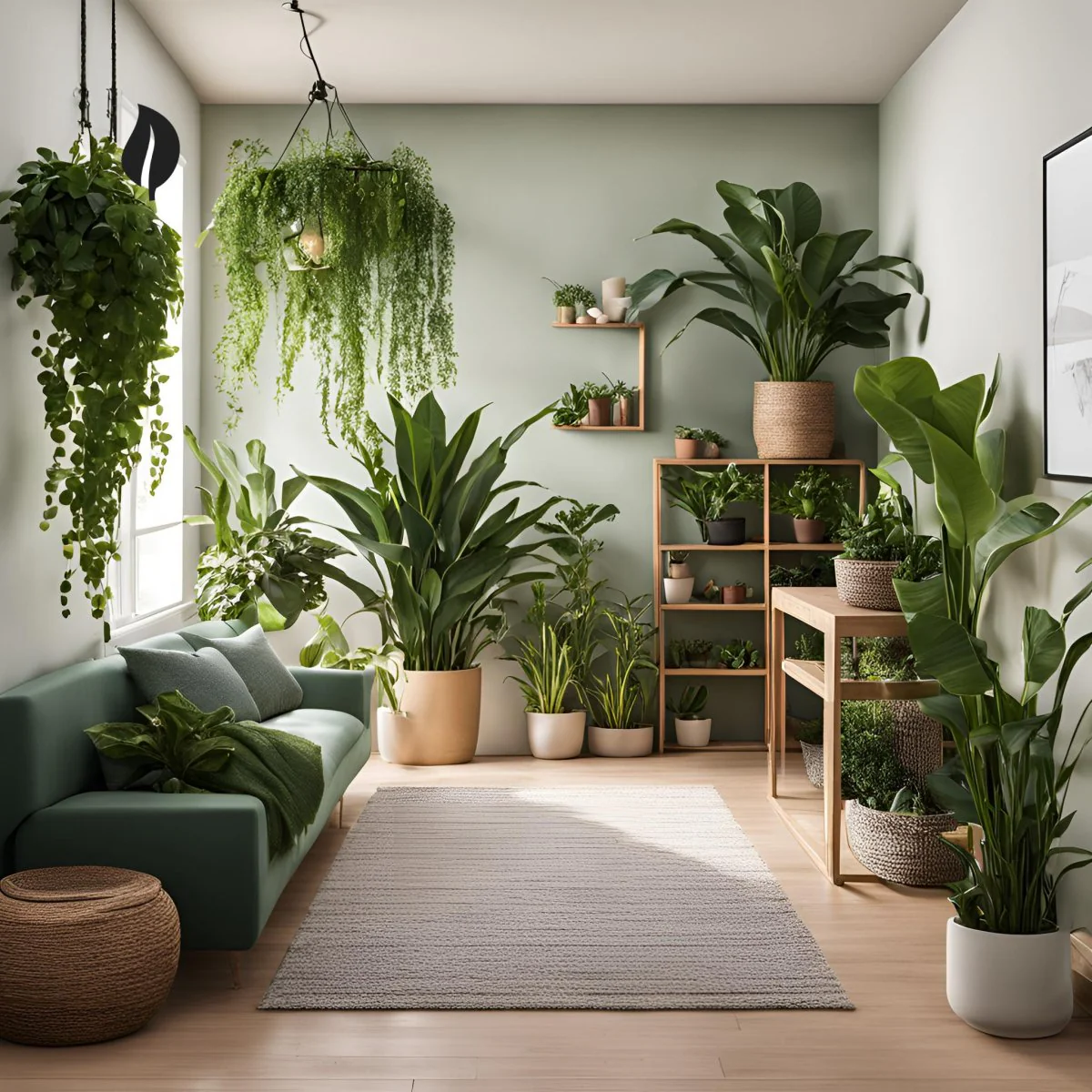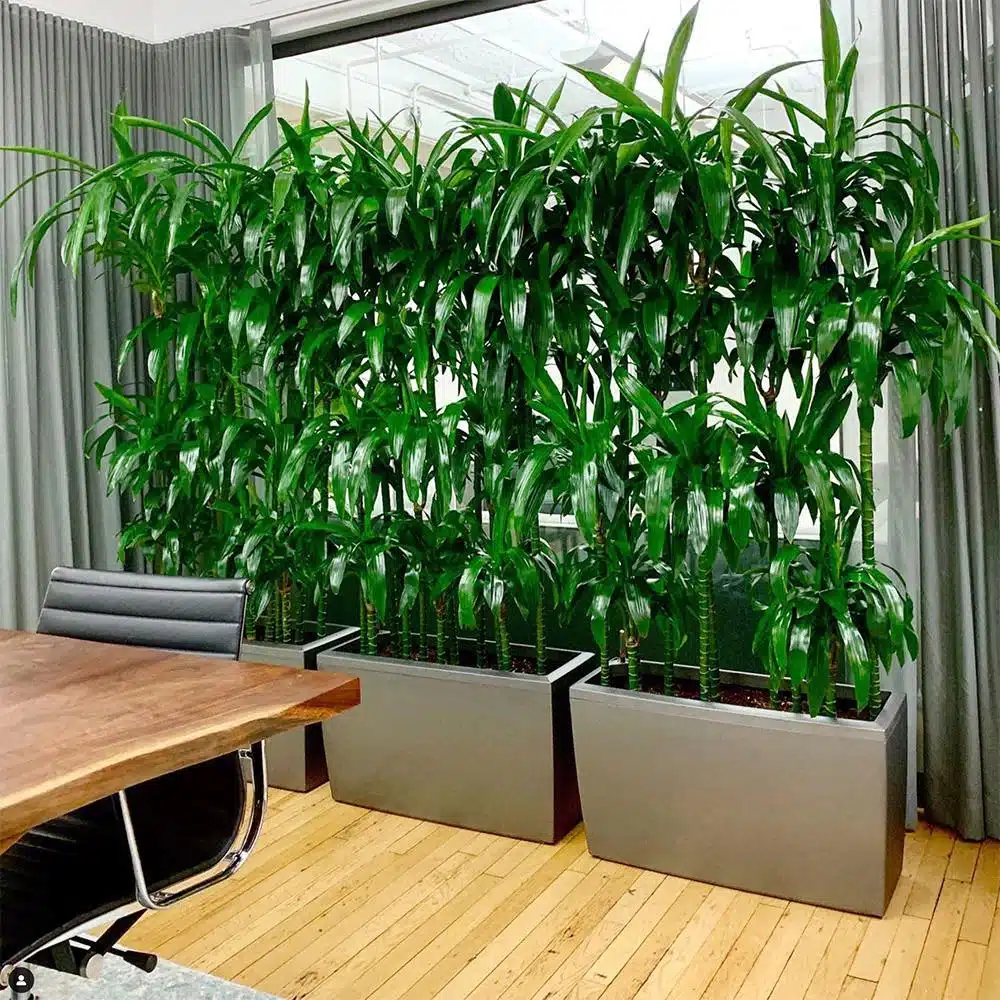Where to Place the Best Low-Light Indoor Plants in Your Home for Maximum Impact
Where to Place the Best Low-Light Indoor Plants in Your Home for Maximum Impact
Blog Article
Transform Your Home With Beautiful Low-Light Indoor Plants and Their Benefits
Including low-light indoor plants into your home can dramatically enhance both the aesthetic and environmental high quality of your space. These plants, which thrive in dark conditions, serve not just as ornamental elements yet likewise as all-natural air cleansers, making them optimal for metropolitan residents or those with restricted sunlight direct exposure. As we discover the numerous types of low-light plants and their benefits, you might locate unusual ways to incorporate them into your home that can transform your surroundings in methods you may not have anticipated.
Advantages of Low-Light Plants
Low-light plants provide various benefits for indoor environments, making them an excellent selection for both beginner and skilled gardeners. One of the key benefits is their versatility to low-light problems, enabling individuals to improve their space without the demand for comprehensive sunlight direct exposure. This characteristic makes them suitable for homes, offices, and other areas with restricted all-natural light.
:max_bytes(150000):strip_icc()/low-light-conditions-houseplants-1902917-834ee8847a324939b796845a6bc22d36.png)
Additionally, incorporating low-light plants into home design can raise the visual charm of a space. Their lavish foliage and varied structures produce a calming atmosphere, adding to overall health. Last but not least, the existence of greenery has actually been connected to reduced stress levels and enhanced performance, making low-light plants a useful selection for enhancing both psychological and physical wellness in interior settings.
Top Low-Light Indoor Plants
While many interior plants prosper in bright light, several varieties are especially well-suited for low-light problems, making them suitable for various interior rooms. One preferred selection is the Serpent Plant (Sansevieria), recognized for its striking upright fallen leaves and resilience, calling for very little treatment. One more exceptional alternative is the Pothos (Epipremnum aureum), which includes heart-shaped fallen leaves and can track magnificently from hangers or shelves, growing in reduced light and adding a lush touch.
The ZZ Plant (Zamioculcas zamiifolia) is celebrated for its shiny fallen leaves and ability to stand up to forget, making it ideal for active lifestyles. The Peace Lily (Spathiphyllum) not just endures reduced light but additionally creates spectacular white blossoms, improving any room's visual.
For an unique touch, take into consideration the Cast Iron Plant (Aspidistra elatior), which undoubtedly meets its name, growing in the darkest edges of your home. Finally, the Chinese Evergreen (Aglaonema) uses a selection of leaf patterns and shades while being exceptionally flexible in low-light conditions. These plants not just beautify indoor environments however additionally add to air purification, improving your living area.
Treatment Tips for Low-Light Plants

Sprinkling techniques are essential; these plants frequently prefer slightly dry conditions. Overwatering can lead to root rot, so ensure that the top inch of soil is completely dry prior to sprinkling again. Use pots with drainage openings to allow excess dampness to run away.
Humidity is one more important aspect. Numerous low-light plants, such as brushes and peace lilies, take advantage of higher humidity degrees. To boost humidity, consider misting the fallen leaves or placing a tray of water near the plants.
Fertilizing must be come close to with caution. Throughout the growing season, utilize a diluted, well balanced liquid fertilizer monthly to support development, yet avoid fertilizing during the inactive winter season.

Imaginative Ways to Present Plants
Interior plants can serve as exciting focal points in any area, improving both visual appeal and atmosphere. Creative display screens can raise the aesthetic influence of low-light plants, making them an important component of your home design. One effective technique is to make use of tiered plant stands, which permit you to showcase multiple plants at varying heights while taking full advantage of flooring area.
Hanging planters are another innovative alternative, creating a feeling of deepness and drawing the eye up. Consider macramé learn this here now hangers or wall-mounted shelves to introduce a distinct structure and style.
For a more structured approach, usage geometric terrariums or glass containers to house your plants, including a modern-day touch to your interior yard. You can additionally repurpose vintage items, such as teacups or wood cages, for an eclectic screen that reflects your individuality.
Enhancing Home Ambiance With Plants
Incorporating low-light plants into your home not only boosts aesthetic charm but likewise adds click site dramatically to the overall ambiance. These plants offer as natural style components, presenting a sense of serenity that can transform any kind of area. The existence of plant promotes a soothing environment, which is especially beneficial in high-stress atmospheres such as office or living spaces.
Low-light plants, such as snake plants, pothos, and ZZ plants, are not only cosmetically pleasing however also boost indoor air quality by filtering system toxins. This double function boosts the ambiance better, producing a much healthier living area (Best low-light indoor plants). The calculated placement of these plants can likewise affect the assumption of space; as an example, high plants can attract the eye upwards, making ceilings appear greater and spaces much more sizable
Moreover, differing appearances and shades of vegetation include deepness to interior decoration, allowing for innovative expression in home styling. Whether positioned on shelves, in corners, or as focal points, low-light plants can raise the mood of any room. In recap, incorporating these plants right into your home is an efficient method to promote a cozy, inviting atmosphere while enjoying the advantages of improved air top quality and aesthetic convenience.
Conclusion
Integrating low-light indoor plants into home settings supplies many benefits, consisting of improved visual appeal and enhanced air quality. These durable plants, such as the Serpent Plant and Peace Lily, require marginal light and maintenance, making them appropriate for diverse way of lives.
While several interior plants flourish in intense light, numerous species are specifically well-suited for low-light conditions, making them ideal for various interior areas. One effective technique is to make use of tiered plant stands, which permit you Find Out More to showcase several plants at differing heights while taking full advantage of floor room.
Low-light plants, such as serpent plants, pothos, and ZZ plants, are not just aesthetically pleasing but also improve indoor air quality by filtering system pollutants. Best low-light indoor plants. The calculated placement of these plants can likewise affect the understanding of room; for instance, tall plants can attract the eye upwards, making ceilings show up higher and areas a lot more large
These durable plants, such as the Serpent Plant and Peace Lily, need minimal light and upkeep, making them ideal for varied way of livings.
Report this page